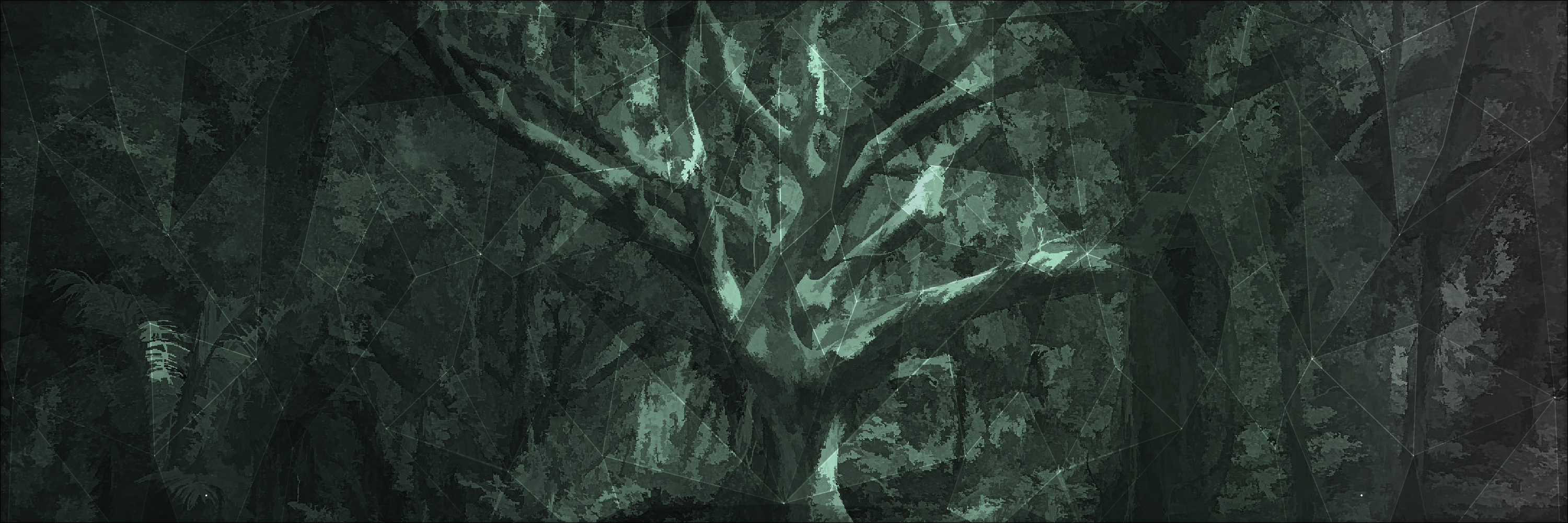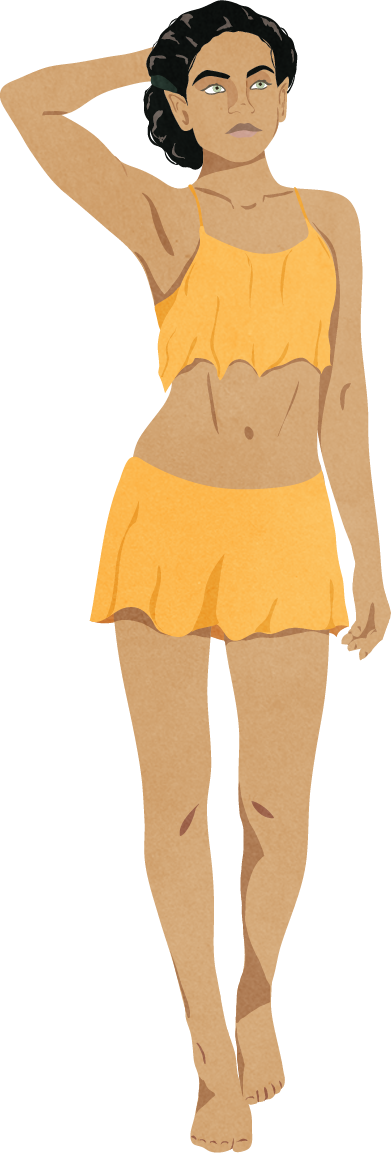

Overview
Elfkin first appeared in Aedelor c. 2000 BDC as a result of human and elf interbreeding. They stand between 5' — 6½' and live up to 150 years. Elfkin are most likely to be Aurilemian, Dolinvek, Islin, Tarshan, Torish, Vikskad, or Westrian.
They are known for having qualities of both elves and humans, but they do not truly fit in with either. Elfkin are frequently considered outsiders in both human and elven-dominated societies, famously leading to a mass migration of them in 422 DC to Islingar.
Elfkin were originally the half-breed result of human and elven parentage. They are sometimes called half-elf, but this is considered derogatory and old-fashioned. They possess an amalgamation of qualities from both humans and elves, while never truly fitting in with either. They primarily integrate into human societies, especially in areas where both humans and elves hold dominion near each other. Despite being among the most populous ancestries in all of Aedelor, they often hold little political power in the regions they're typically found, with Islingar being a notable exception.

Characteristics
Elfkin can be difficult to tell apart from humans at first glance. They have the rounded facial features of a human, but their ears are notably pointed at the tips like an elf's, though not nearly as long. Elfkin skin tones range from light tan to dark brown like a human, but their hair is limited to shades of brown like an elf's. They stand between five feet and six and a half feet tall and can be either as lithe as an elf or as stocky as a human. Their eyes have brown, copper, or green irises. Unlike an elf, elfkin can grow facial hair. Elfkin reach physical maturity in 15-20 years and can live up to 150 years naturally. They age as gracefully as an elf, showing no physical signs of their age until they are in excess of 140 years old at which point they gently wrinkle.
Elfkin are the best of both worlds. What's not to love? — Merrell Farhand
Elfkin can be the offspring of a human and elf parent, but in modern Aedelor it is much more likely that elfkin are born to other elfkin parents. They often struggle to obtain the same social standing as a human in human societies, and may be excluded entirely from elven societies despite possessing the approval of the elven goddess Serenewyn. Despite being ostracized by both, elfkin embrace both aspects of their ancestry, and incorporate elements of both into their personalities and cultures.
Names and Language
In most cases, elfkin are taught elvish while young so that they may appreciate their heritage. However, their names are more likely to be based on their ethnicity and the culture they're growing up in. Their names follow human naming conventions, having a given name and family name. In some cases, elfkin take an elven name for themselves as well.
Origins
Within a generation of elves entering Aedelor, they began intermingling with humans. Though the first elfkin were rare half-breeds, Serenewyn approved of the union of her creation with humankind. With the blessing of Serenewyn, elfkin were no longer merely half-breeds and were able to have their own children. Even with the approval of the gods, many humans and elves frowned upon the existence of elfkin and taboo surrounded them for centuries. Over the course of more than a thousand years, elfkin integrated into primarily human societies in Westmark, Torwick, and Valdar where they would eventually become commonplace. In present day Aedelor, elfkin are nearly as populous as humans. Though the stigma surrounding elfkin has faded in many parts of the world, they continue to struggle to be as politically powerful as humans. Hundreds of thousands of elfkin settled Islingar during the Great Migration of 422 DC, making it the only dominion of their own, shared with üneküm.
Elfkin Characters
